Can MVHR Cool a House?
Heat recovery systems, also known as MVHR, are known to recycle the heat in your home whilst ventilating it, saving money on your bills in the long term, and your teeth from chattering in the short term!
But what if you’re looking to cool your house through one of these units, is it possible? Can MVHR cool a house? Today’s blog will work to answer this, and provide supplementary information that you need to know.
With new buildings being made to be as energy efficient as possible, and the UK aiming for 95% of its electricity usage to be low carbon by 2030 it is imperative to understand how we can make the most of our ventilation, This is where MVHR units come in.
To prevent mould, fresh air should constantly be introduced into your dwelling daily, as it helps to regulate temperature and reduce condensation. Introducing fresh air can be as simple as having a ventilation routine, or installing extractors or MVHR units. Almost all of this is facilitated by ducting.
I-Sells is here to provide the answers you need whilst also supplying you with all the information you need to combat mould and have a well-ventilated home.
MVHR 101
MVHR stands for ‘Mechanical Ventilation with Heat Recovery’ This is essentially the technical term for the heat recovery units that we supply. They are often known as heat recovery systems.
Heat recovery systems can come in single or multi-room applications and provide all the benefits of ventilation with the added benefit of retaining the heat that would otherwise be lost in a regular ventilation unit.
Advantages of MVHR
The advantage of MVHR is retaining warmth without the humidity. Retaining warmth contributes to saving money that would otherwise have been spent heating your home.
The aim of a heat recovery system, aside from recovering any heat that is lost through ventilation, is to create an environment in which condensation, and consequently mould can’t survive.
The advantages of heat recovery systems are the following:
- Holds all the benefits of an extractor, including the removal of stale air, humidity and smells.
- It helps to prevent the cultivation of mould through the removal of humidity.
- Temperature sensors ensure that additional heat is not being added to the atmosphere of the home if it is already hot.
- Heat recovery systems take a lot of the burden from you conducting a ventilation routine. This is ideal for a vulnerable person.
- Less of a need to use your central heating frequently as the heat generated through your house is recycled through the heat recovery unit.
- The reduced use of heating as a result of the heat conservation granted by a heat recovery unit can help you save on energy bills.
Can MVHR cool a house?
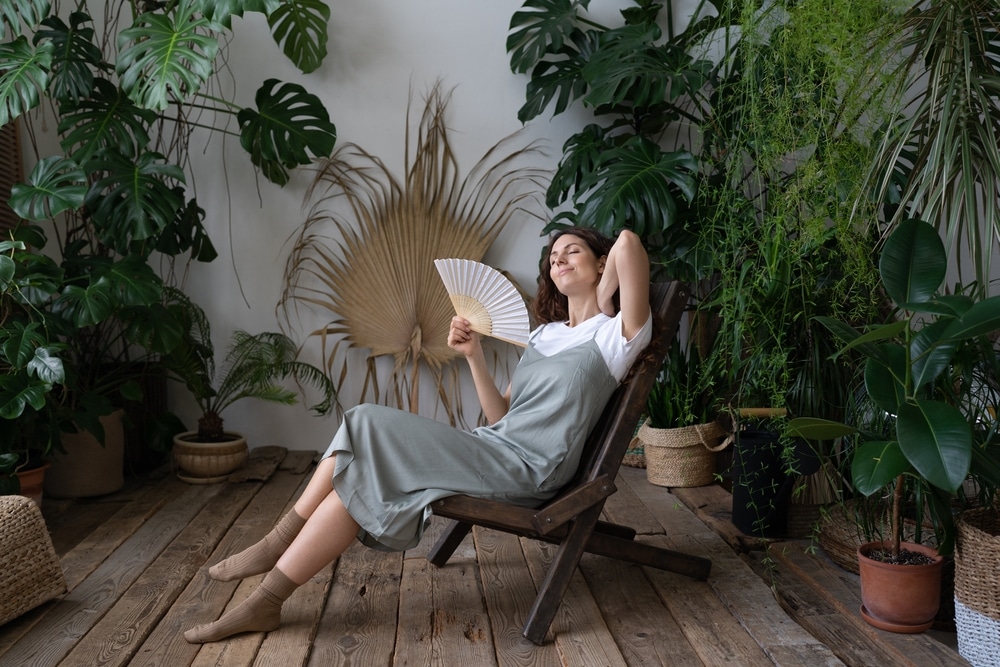
The answer is yes, to a degree. Some MVHR systems have summer bypass programs installed within them, this means that in the warmer months, the heat recovery aspect of the MVHR system is offline, and only the ventilation of the air continues, which may provide a nominal cooling effect.
For best results, opening windows in your property to create a passage of air through your home is the intended way to reap the benefits of the MVHR system whilst cooling your house.
You can also experience the most cooling by using a multi-room MVHR system, as opposed to a single-room model. Functionality in regard to cooling features may vary from model to model.
Does a house need to be airtight for MVHR to work?
Not exactly, having a fully airtight house will result in no ventilation whatsoever, making humidity a regular occurrence. Every home has a leniency when it comes to being airtight. Though there is a form of air vent in every room of a home, your window.
The fact there is ventilation installed in your home means your home is not 100% airtight as it is. The main feature of an MVHR system is the recovery of heat that would be lost during ventilation, so to feel the effects of MVHR in action, closing your windows would be recommended.
The basic mechanics of MVHR
MVHR systems are generally located in the attic, of your home. It works by extracting the humid air in your home (mainly in your kitchen or wet room/bathroom) the warmth from this humid air is extracted and mixed with the air that is extracted from outside.
In a nutshell, here’s what you get from MVHR systems
- Extraction of humid air
- Humid air is replaced with fresh air from outside but is also mixed with the warmth of the humid air that was extracted (without the moisture.)
Ventilation versus mould
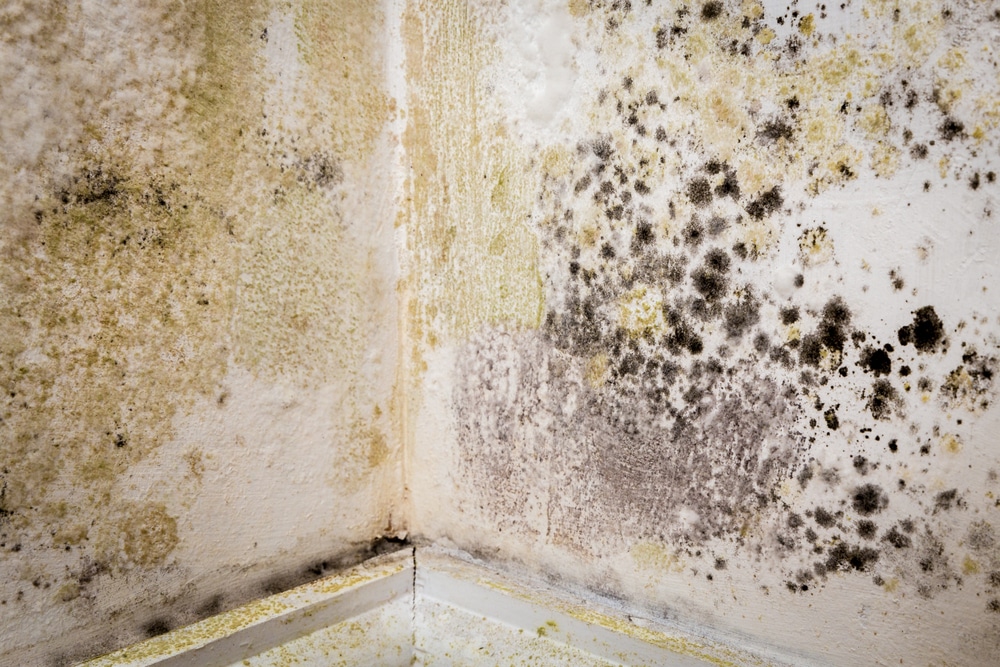
Ventilation is a key component in fighting mould, whether it’s a regular extractor fan or an MVHR unit, both play their part in helping to create an environment unfit for mould. But what is the problem with mould in the first place? Is it bad?
Mould has a variety of effects on people and is difficult to get rid of once it arrives. We are very aware of the damage mould can have, on your physical health, and also your mental health too. It’s an eyesore that can deeply affect all those in its vicinity.
Do I have to have an MVHR unit to kill mould?
No, MVHR systems are more of a preventive measure, they can help to prevent mould. Heat recovery systems can change the environment that mould thrives on, it does not get rid of mould that is already there. Here are some options for mould removal.
Option 1: Natural Solutions
If you are looking for natural alternatives to get rid of mould, try using distilled white vinegar, the acidic properties in the vinegar aid in dissolving the mould. In some cases, it can help.
If there are noticeable and effective results, repeat until it is completely gone. If it fails, this means that the mould has penetrated deeper than surface level, if mould control solutions don’t make an improvement, it is best to call local mould cleaning services.
Option 2: Products
Mould removal products have special substances that prevent mould from coming back (depending on the severity) This is definitely worth a try especially if natural solutions didn’t work
Common causes for mould in homes
Mould can be difficult to get rid of once it’s in your home, so make sure you aren’t following any of these mistakes, or you may end up regretting it!
Mould can appear as a result of
- Plumbing pipe leak, resulting in moisture spreading through the walls.
- Cracks and vulnerabilities in walls that allow outside moisture to enter.
- No attempts to ventilate a home routinely.
- Not opening windows when taking hot baths/showers or cooking.
- Poor window insulation.
- Not cleaning or attempting to dry areas that are wet (like after using a shower, or condensation.)
Browse MVHR units
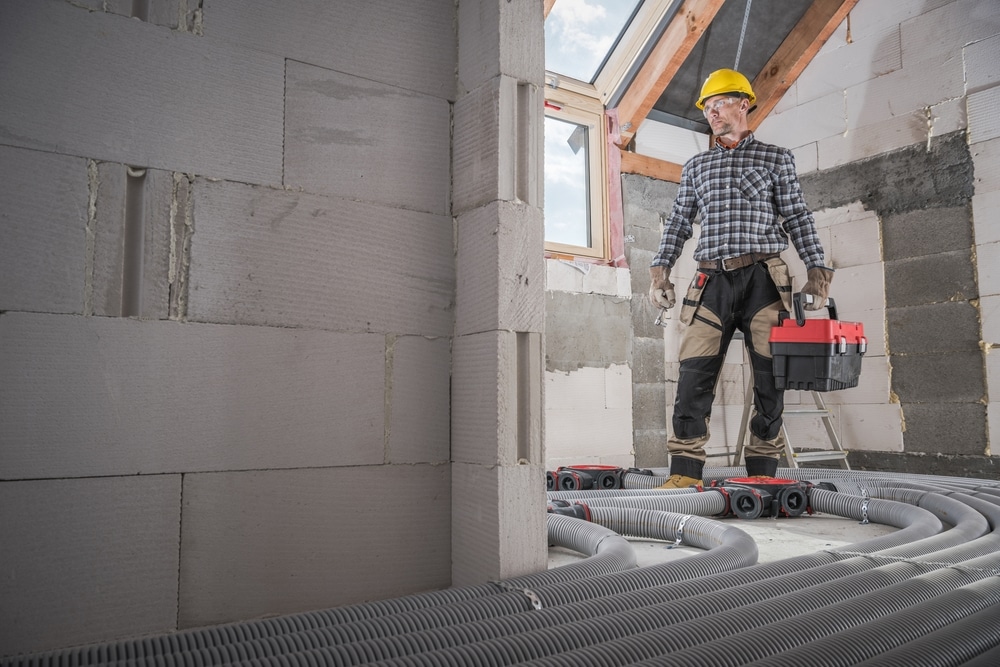
We at I-Sells endeavour to ensure our customers have all the information they need before investing in our mould solutions. Be sure to visit our blog page to learn about the vast array of factors and issues surrounding ventilation, mould, condensation, and much more.
We hope to have answered the question ‘Can MVHR cool a house?’
We understand you may have more questions, Do not hesitate to contact us for more information about whatever you need our help with. If you’d like to send us an email, click here. For other contact options, see below:
Call us on 020 8463 9696
Visit us at our showroom:
*OPENING TIMES*
Monday – Friday: 8:00 am to 5:30 pm
Saturday: 9:00 am to 12:00 pm
Sunday: Closed
15 St John’s Parade
Sidcup, Kent
DA14 6ES
United Kingdom



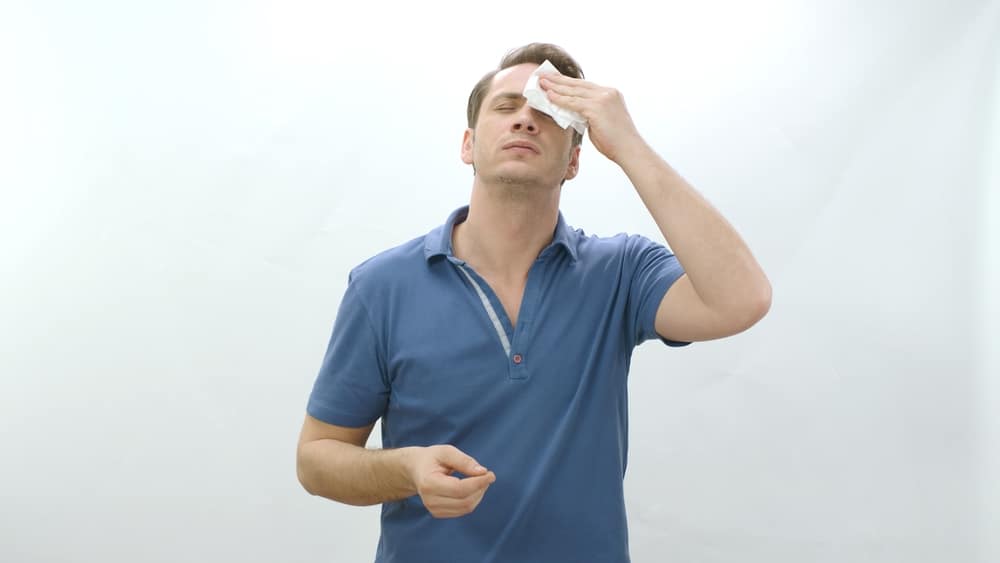
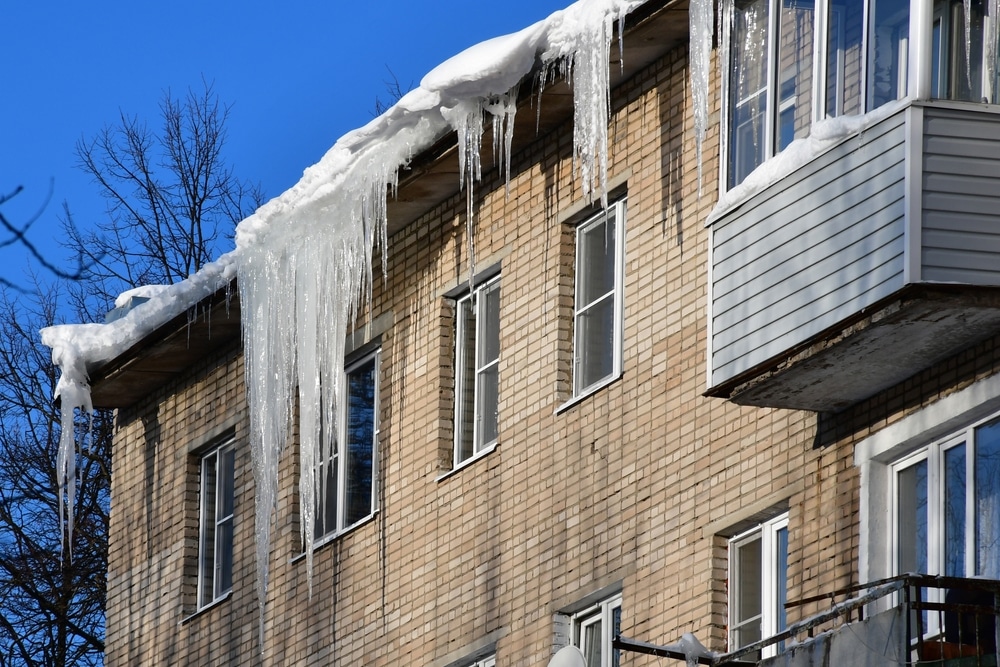
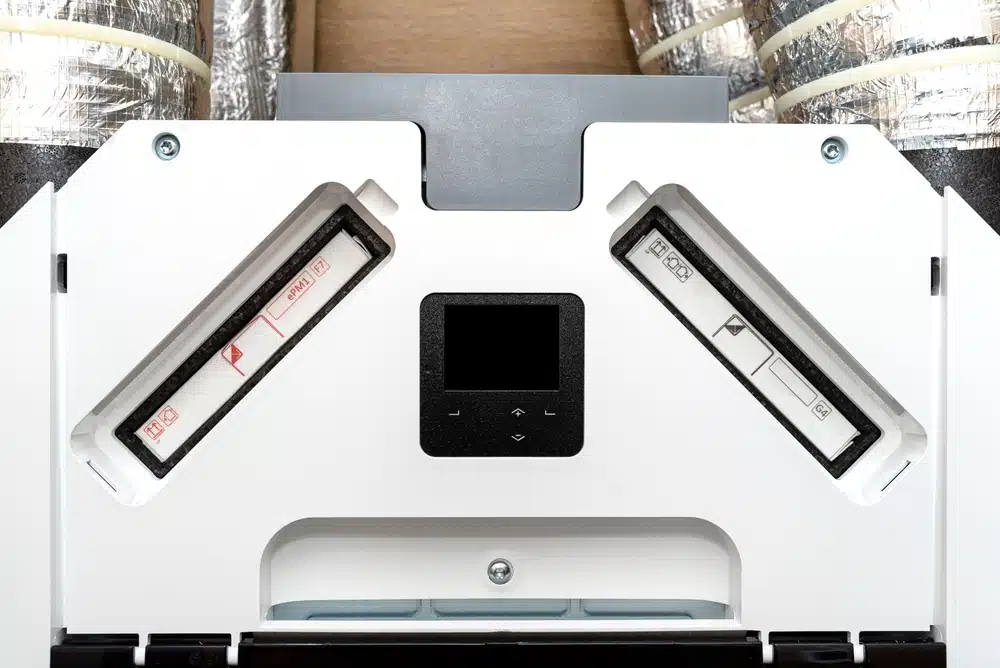
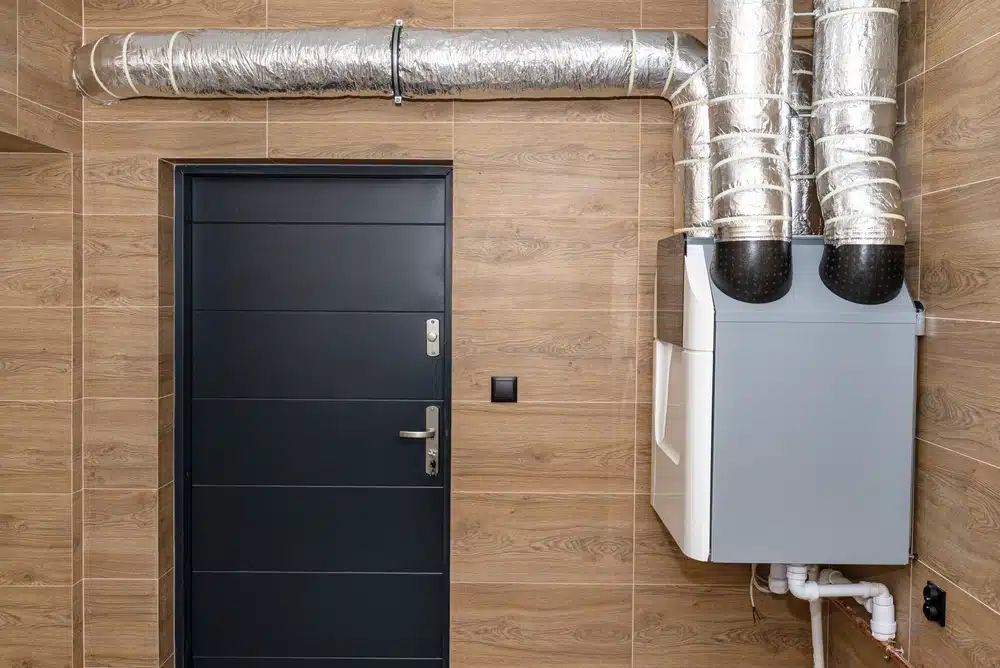
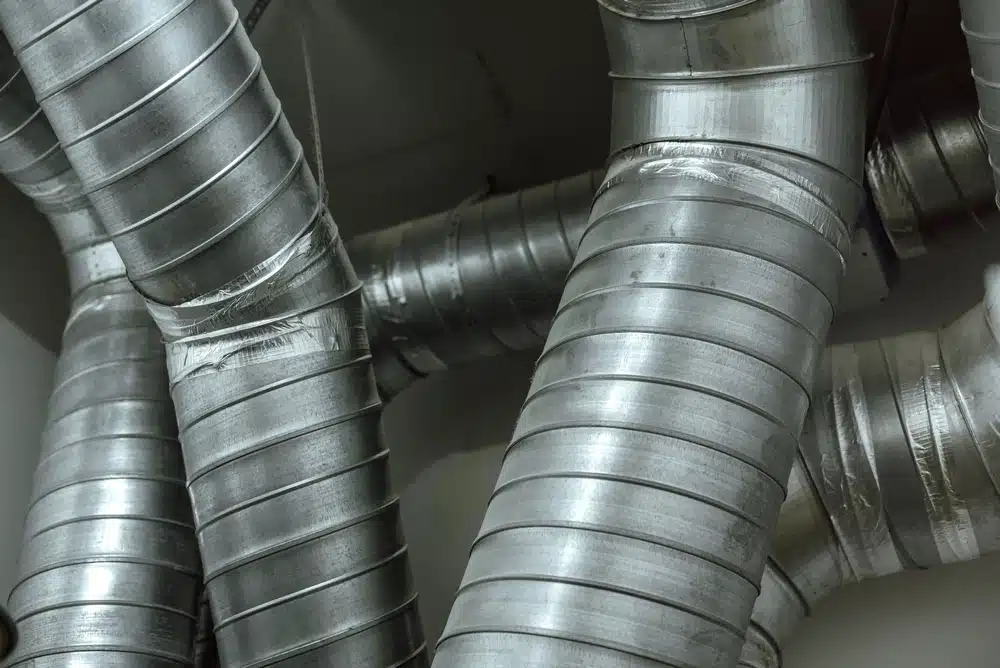









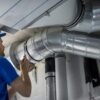


















Add comment
You must be logged in to post a comment.